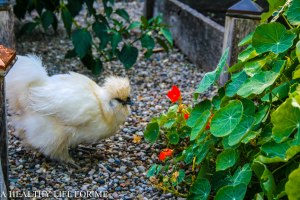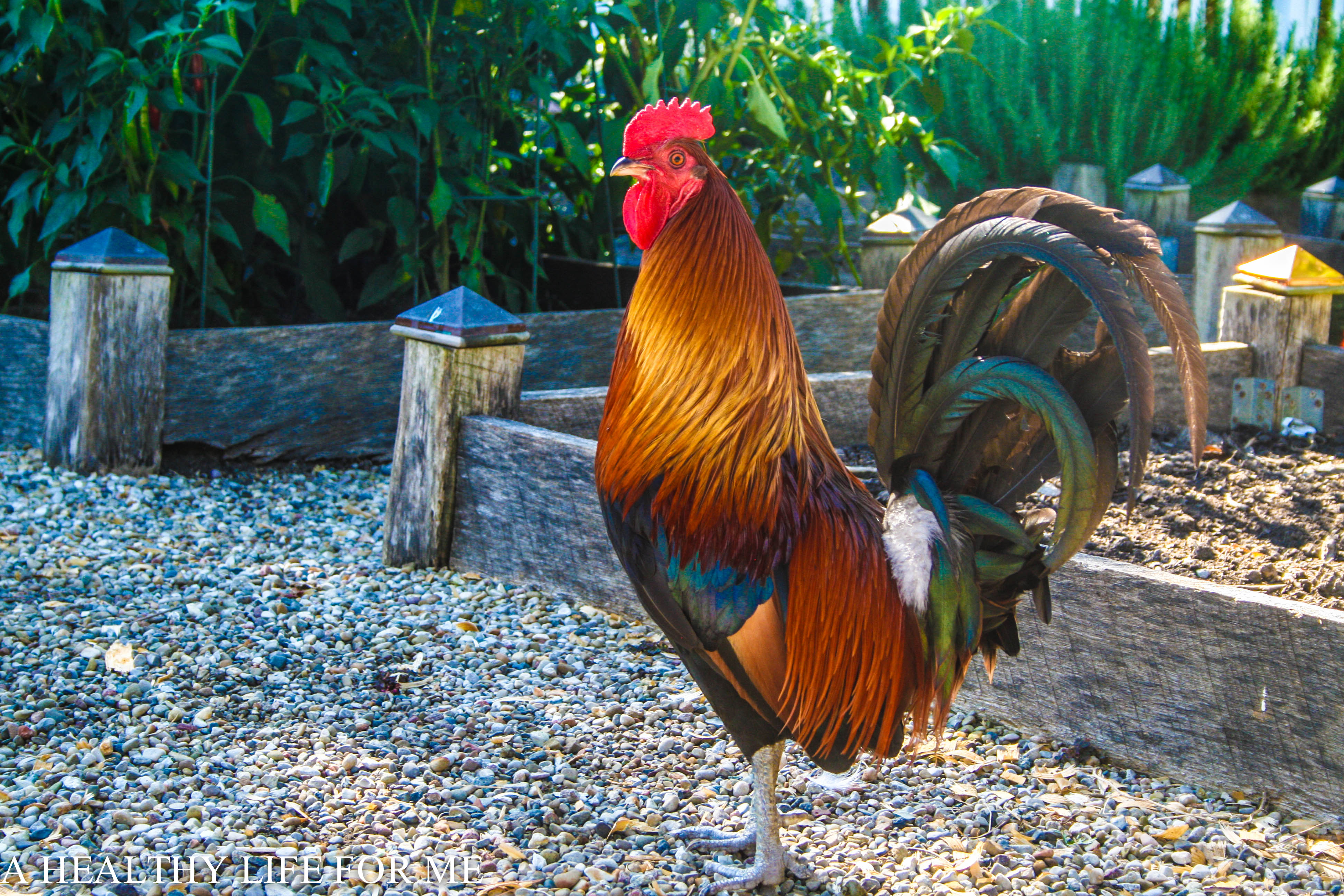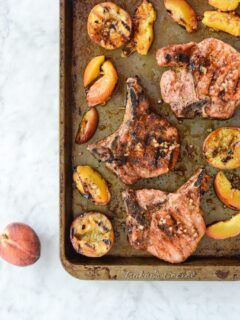Even though you may still be pulling the sprinklers around and gardening in the morning and evening to avoid the heat, its time to start thinking about our Fall vegetable gardens. Depending on where you live or what you want to grow, you may be able to plant seeds and transplants this month. Around here most of the planting occurs within the next month. To be prepared for it I started to make up a list of what I needed to get done. Right after I had placed my recent seed order, I read an article about what to do to get ready for our Fall Garden, written by Greg Holdsworth for the Vegetable Gardner. I thought it was pretty complete so I thought I would share.
Vegetable Gardner published by Fine Gardening
Greg Holdsworth, contributor
1. Check the planting schedules for your area and decide what you want to plant. Many of the crops you planted in the Spring (i.e., lettuce, broccoli, radishes, Swiss chard, etc.) can be planted again in the Fall. As I’ve always said, go with what you know, but try something new as well.
I have planted up brussels sprouts, leeks, an Austrian heirloom red flecked Romaine Lettuce that I had great success with this spring, onion and garlic. Nothing new, but there is still time. 🙂
2. Take inventory of your seeds. If the packing/stamped date on your seed packets are over two years old, consider replacing them. If you need to order seeds, allow for shipping and delivery time. Tip: Don’t you hate it when you go out to plant seeds and discover that you don’t have what you need? I remedied this by making a list of what I had and putting into a notes application on my smart phone. That way when I’m at the store, I can check it. If you’re not sure the seeds you have will germinate well, you can always do a test to check their viability.
This fall I ordered from Jung Seed and Seeds of Change and have been pleased with both.
3. Set a date. Most planting charts will give a suggested range of days in which to plant. Put the dates on your home calendar and/or smartphone’s calendar app to remind you. I tend to ‘group’ my plantings, so that I’m not having to remember to do something every weekend (even though I tend to work in the garden every weekend anyway).
This is a great idea, but I know I won’t do it. I more or less plant on instinct. I am a little more organized in the spring because I have extra time in the winter to get organized.
4. Reflect on the year so far. Ask yourself, “What did or didn’t do well in the Spring?” “What kind of pest, disease or weed problems did I have, and where?” “Did I learn anything new-either online, from fellow gardeners, or from experience in general?” This reminds me of when the sports reporter is talking to the coach at halftime, and asking him what adjustments the team needs to make in the second half. Write it down if you think you’ll need it later. Case in point: I know now not to plant my bush beans next to something like bulb onions, which take longer to grow tall (the onions got covered up and never got off the ground).
This year I planted my Nasturtium seeds out in early spring in the beds where I knew I wanted to plant my tomatoes. This really gave the Nasturtium a great start making them as tall as the tomato plants when I planted them. However, this caused the tomatoes to get a slow start fighting for sunlight with the Nasturtium. Next year I will plant the seed when I plant the tomatoes.
I will also be looking for a different variety of cucumbers. For the last two years my cucumbers wilt with the heat, so I will scour the seed catalogs this winter trying to find one that will hold up better.
5. Check your tools and supplies. Your hand tools, gloves, hoses and power equipment may have already taken a beating this year. Replace, repair or service them if you need to.
I liked this suggestion, because I am a garden shop junkie and any excuse to go there works for me! 🙂
6. Clear out finished or spent plants from your Spring plantings. If your Spring garden’s plants are through for the year, go ahead and yank them out. Plants that are old and stressed can attract pests if they are left in your beds. Regarding tomatoes-if you are able to nurse your tomatoes through the Summer (particularly indeterminate varieties), remove any dead leaves and prune them if necessary.
With the heat I haven’t received the number of tomatoes I usually have by this time, so I have my fingers crossed that in the next month I will get my bounty. Although the Kale has run its course and needs to be ripped out.
7. Add soil amendments to replenish your beds. Compost is a must, as it adds vital organic matter and improves drainage. Other recommended amendments include greensand, molasses, alfalfa meal, manure and worm castings. If you plan on reserving a bed for later use, consider growing a cover crop in that spot.
I like to add compost at the end of the season and the beginning. I really think most of my gardening success is due to compost.
8. Prepare your defenses. This year has been especially bad in our area for pests, due to the mild Winter we had. If your area experienced the same, I’m sure you can relate. Stock up on or prepare organic pest controls like garlic pepper tea, insecticidal soap, BT, etc. Case in point (again): Earlier this Spring, I lost almost all of the pepper transplants in my greenhouse to aphids, in part due to not knowing how to control them successfully. I know better now, and I’ll be ready for it next year.
I am a big believer in insecticidal soap since I go organic. I also use the chicken as a remover of pests, but they can tend to be unreliable eating more plant than pest. 🙂
This year the flea beetles have been terrible tearing up my eggplants. The cabbage worms have been after my kale and beans relentlessly. I am going to make notes of what is planted where this year so that over the winter I can come up with a game plan of planting more companion plants that deter pests from certain vegetables.
9. Gather your mulch. Consider using a thick layer of mulch in your Fall beds that will break down into the soil. My personal favorite is chopped grass clippings and dried leaves. If your area has a shorter growing season, trees may already be shedding their leaves. The early part of Fall can still be warm, therefore moisture retention and shade will be helpful in keeping the soil cooler.
This is another one that I don’t do. I usually throw a top coat of compost and let it sit in each bed letting the elements over winter help work the nutrients down into the soil underneath.
What other ways do you get your garden ready for the Fall?
Gardening Magazines and websites are a huge inspiration for me. What inspires you to get motivated and prepared for Fall?
I wanted to throw in a pic of Houdini posing for a pic in the garden. He is such a ham, I sware he looks at me and says take the picture already!















How do you let your chickens into your veg garden, don’t they eat everything?
I don’t let them in when things are just starting to sprout. Once things are established they really don’t do any damage, they haven’t even eaten any tomatoes off the plant only the ones that have fallen. It may be because I leave the gate open and they come and go so there is a lot of area to choose from??
Those are some well trained chickens!!
oh no their rotten! 🙂
Whew, now i don’t feel like such a bad chicken mother. 🙂
I doubt that! My husband informs me my chickens have the life. I bet yours do too!
by the way, I LOVE your shed, it is delightful!
Why thank you!
Thanks for the link to Small Spaces and Places Gardening. Great blog and to do list for getting ready for the fall 🙂
Thanks Heidi, right back atchya’!